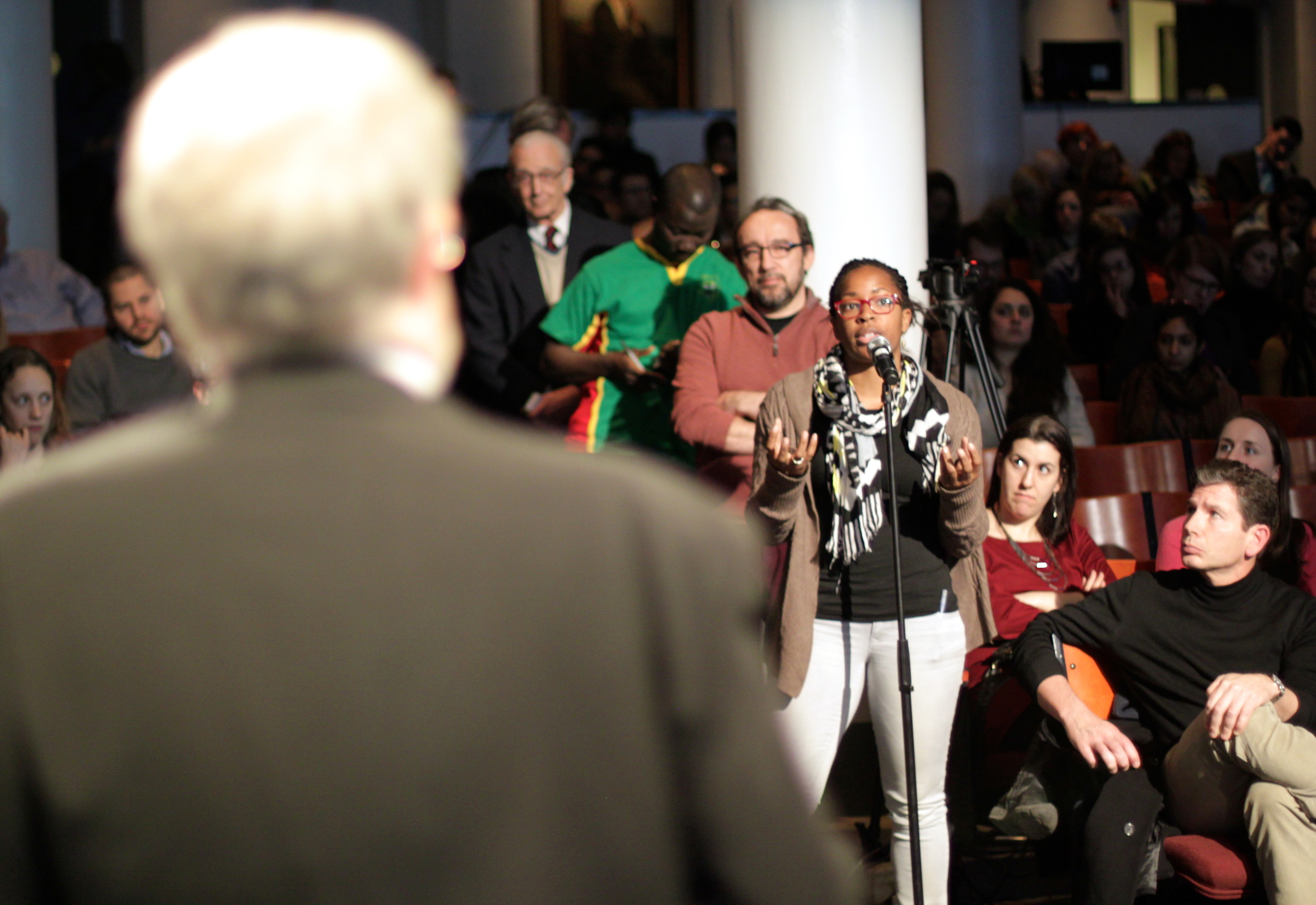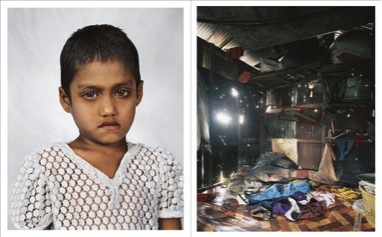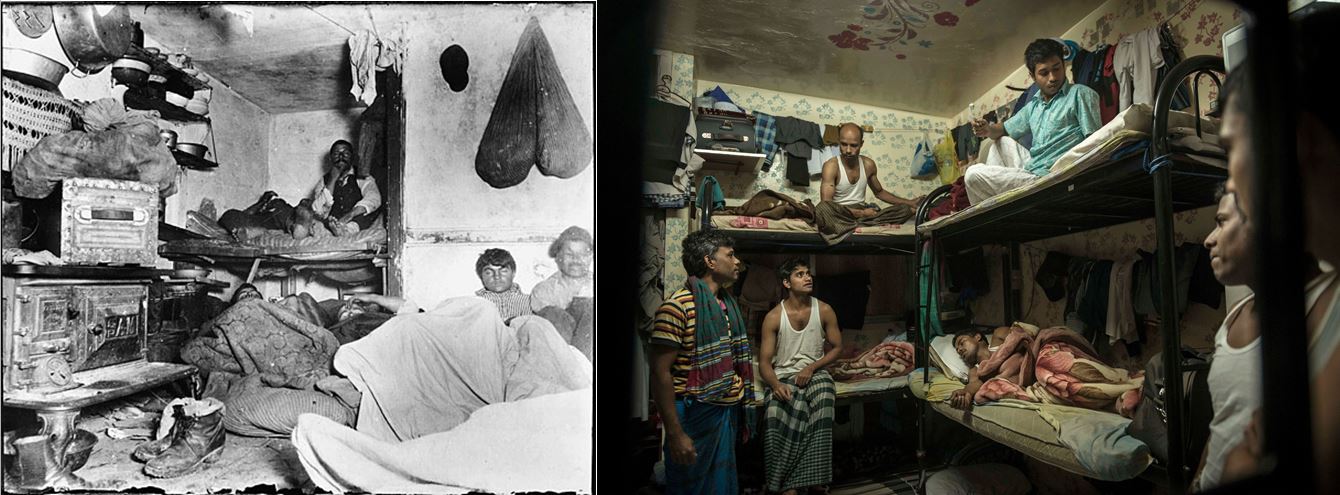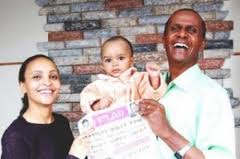Job Opening: Research Assistant
The Development Research Institute is seeking a Research Assistant to support research activities on ongoing projects in development economics. Our ideal candidate is self-motivated and a problem solver; creative thinker; flexible and comfortable with technology; and is available to start immediately and work through the end of January 2016. The Research Assistant will get first hand experience on how academic research is conducted.
Responsibilities: data analysis, assist with online surveys, produce literature reviews
Required Qualifications:
Basic quantitative analysis, including experience with Stata
Excellent attention to detail
Ability to work independently
Preferred Qualifications:
Currently enrolled in an NYU graduate program
Experience with Qualtrics is not necessary, but strongly preferred
Experience with ArcGIS
Preference will be given to applicants who could potentially extend the working period beyond January 2016.
Preferred Education: BA in Economics; current Economics M.A. student
Salary/Hours:
Salary is $15- $20 per hour depending on skills and experience. Hours will be completed during the regular business day, at the DRI office (NYU campus, 14A Washington Mews). Twenty (20) hours per week, according to a regular, mutually-agreed-upon schedule. Start date is November 5, 2015.
To Apply:
Please send a brief cover letter specifically addressing how you meet the above criteria along with your resume to Laura Trucco (trucco@nyu.edu) by October 30, 2015. The subject line of your email should read: “Last name, First name: DRI Research Assistant”. Benefits and salary are competitive. Location is Washington Mews, on the NYU campus.
About Our Organization:
The Development Research Institute (DRI) is devoted to rigorous, scholarly research on the economic development and growth of poor countries. An independent and non-partisan organization, DRI is led by NYU Professors William Easterly and Yaw Nyarko and is home to a growing team of researchers. DRI seeks to engage the academic world and the wider public about effective solutions to world poverty, expanding the number and diversity of serious commentators on the state of foreign aid and development. Our ultimate goal is to have a positive impact on the lives of the poor, who deserve the benefit of high-quality, clear-eyed, hard-headed economic research applied to the problems of world poverty. See http://nyudri.org/ and http://aidwatchers.com/.














